

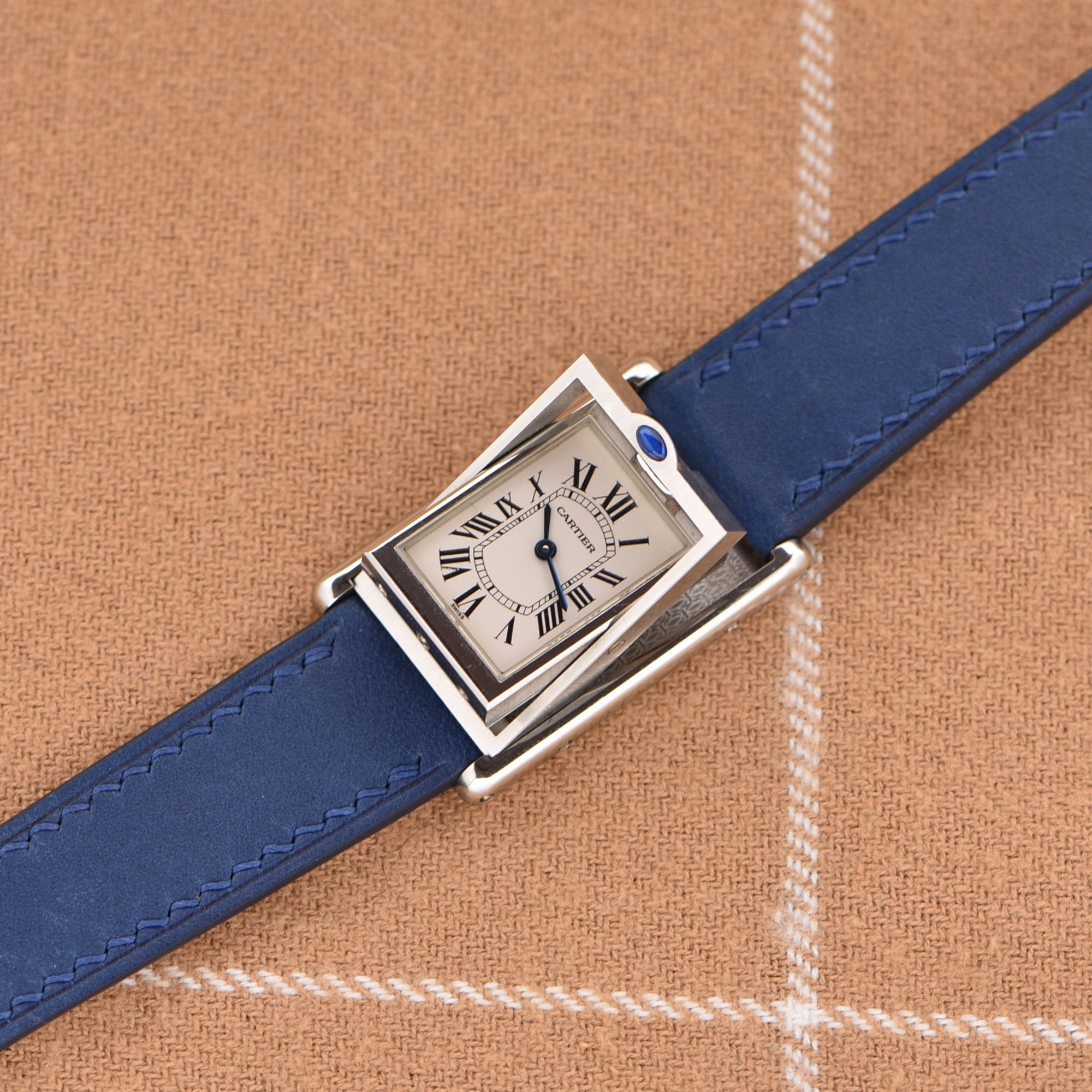
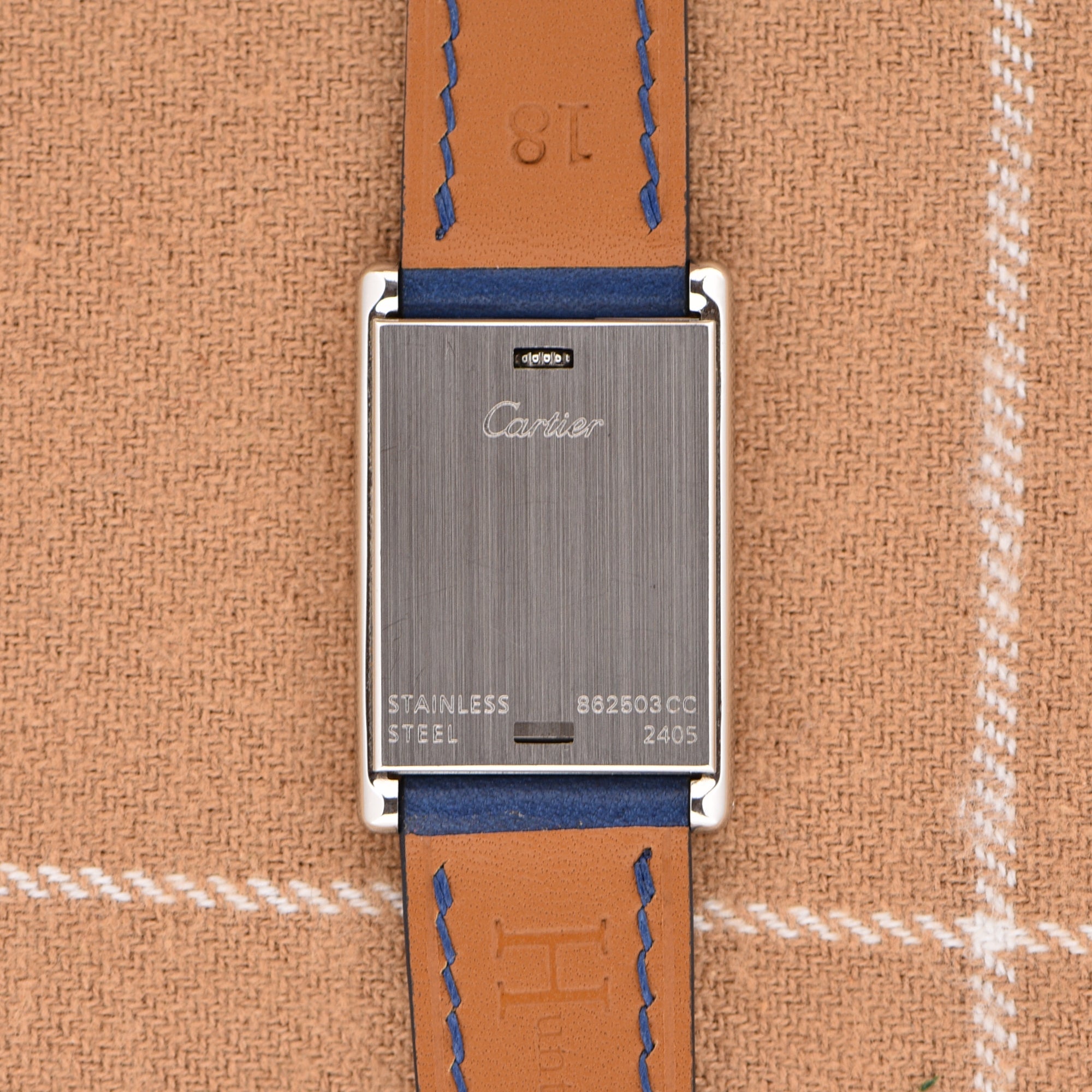


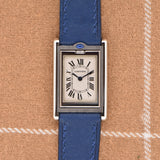
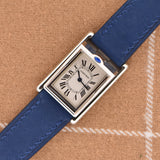
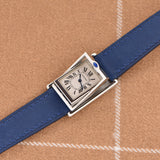
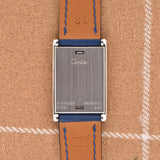


Cartier Tank Basculante
- Ref. 2405
- Watch Only
- Specifications
- The Story
- The Brand
Model: Basculante
Case Diameter: 23mm
Lug to Lug: 35mm
Case: Steel
Dial: Silver
Movement: Quartz
Condition
The case is unpolished and features the original blue cabochon at 12 o'clock. The reversing mechanism works smoothly with no interruption. The watch has minor scratches from normal wear but nothing major.
The Tank Basculante, a Cartier watch, was introduced in 1932 and used a unique cabriolet system to flip the dial upside down. It was developed by Spécialités Horlogères, which also developed the Reverso's horizontal sliding case. The Tank Basculante exemplifies "form follows form" and is considered an example of Cartier's design. Until 1999, Basculantes were hard to find, with less than 2,000 made from 1920 to 1960. In the 1990s, Cartier started producing the Tank Basculante more regularly, with unique dials and limited editions. The Tank Basculante 150th Anniversary Limited Edition, produced to commemorate Cartier's founding, features a ruby cabochon and guilloche pattern in the center of the dial. Although not the most important or consequential Tank ever made, it is fun and different with an intermittent history worth knowing about.
Cartier revived iconic Tank Basculantes for its CPCP collection, featuring limited editions in yellow gold and display casebacks. These modern Basculantes share similar dimensions, F. Piguet caliber 610, and Cartier's "C" motif. The Tank Basculante was the first all-steel tank, offering a range of prices from $2,000 to nearly $500,000.
Cartier produced the steel mechanical Tank Basculante reference 2390 from the late '90s to 2006. It had the same dimensions as gold special editions and was powered by the same caliber MC 060. Cartier also introduced the quartz Basculante ref. 2405. Special editions include the Australian Federation, Paris Boutique Edition, Millennium Edition, and Australian Federation LE. The Basculante has a unique cabriolet case and is a popular watch due to its appeal to modern tastes. However, it has been discontinued and is now harder to find.
Cartier, a luxury watch brand, has been synonymous with elegance, innovation, and timeless appeal since its inception in 1847. The brand's early creations, including the Cartier Santos and Cartier Tank, were an embodiment of aesthetic innovation and mechanical mastery, merging the finesse of jewelry with the functionality of timekeeping. As the brand grew, so did the family's involvement, as the children and grandchildren of Louis-François Cartier expanded the business and opened boutiques in various cosmopolitan cities.
The turn of the 20th century marked a revolutionary phase for Cartier, with the introduction of the Cartier Santos, which was designed for the famous aviator Alberto Santos-Dumont and became one of the first wristwatches designed explicitly for men. The Cartier Tank watch, inspired by the geometric design of military tanks, was a symbol of modernity and minimalistic elegance. The uniquely shaped Cartier Tonneau broke away from conventional circular designs, demonstrating Cartier's commitment to artistic creativity and mechanical excellence.
Cartier's success in the early 20th century was not limited to its pioneering designs; it also saw an era of global expansion that cemented its status as an international symbol of luxury and prestige. By 1902, Cartier opened its doors in London, positioning the brand within one of the world's major cultural and financial hubs. In 1909, Cartier opened its New York boutique, tapping into the vibrant American market.
Through strategic collaborations with local artisans, careful selection of materials, and a deep understanding of regional tastes, Cartier transformed from a Parisian marvel into an international sensation. The Cartier watch became more than a French luxury; it became a global emblem of style and refinement, transcending geographical boundaries to become a timeless classic. This era of expansion validated Cartier's enduring appeal, demonstrating that true luxury, as epitomized by Cartier's watches, knows no borders and speaks a universal language of elegance and excellence.
Cartier Tank Basculante
Authenticity Guaranteed
All our watches are carefully inspected to insure and guarantee the authenticity.
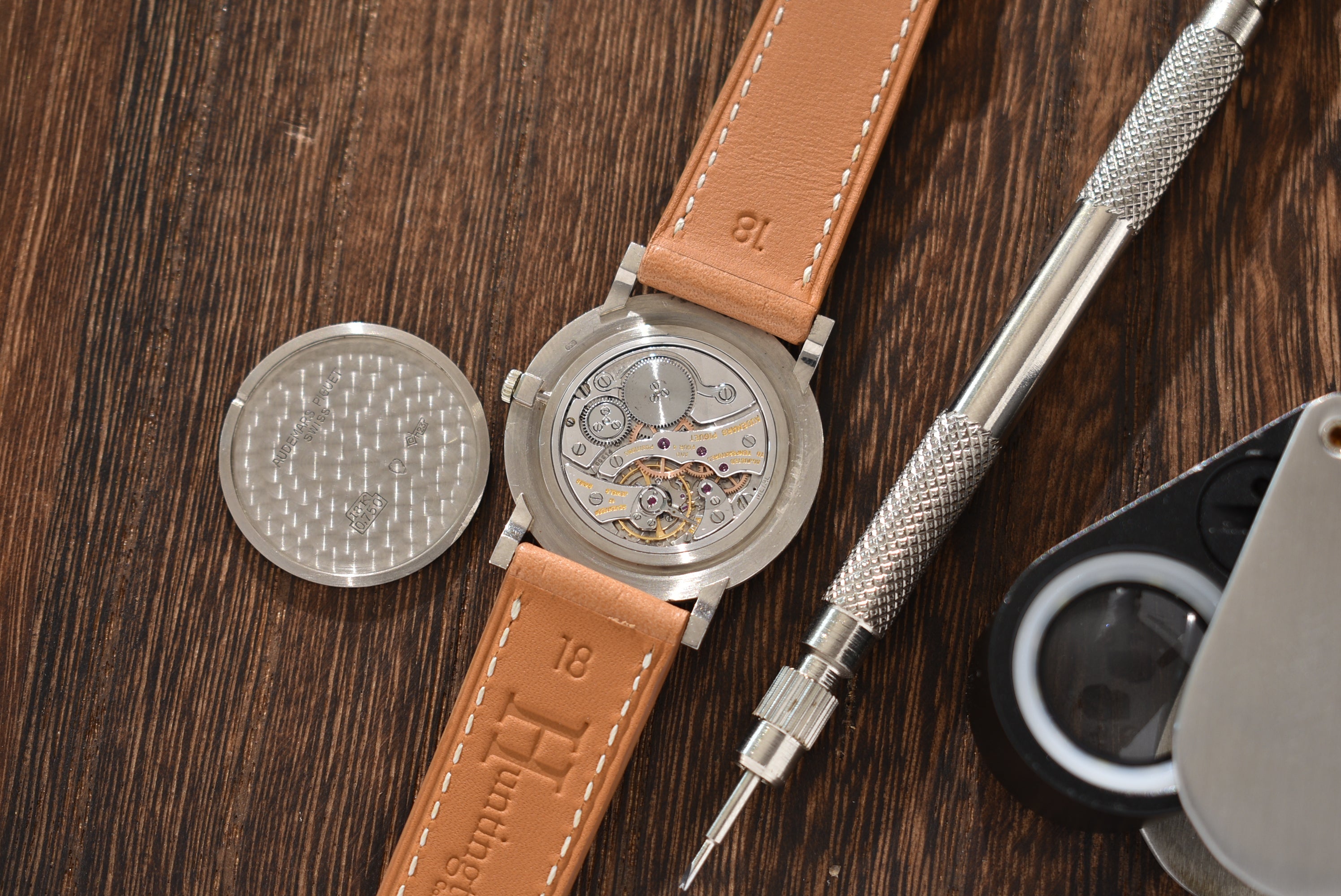
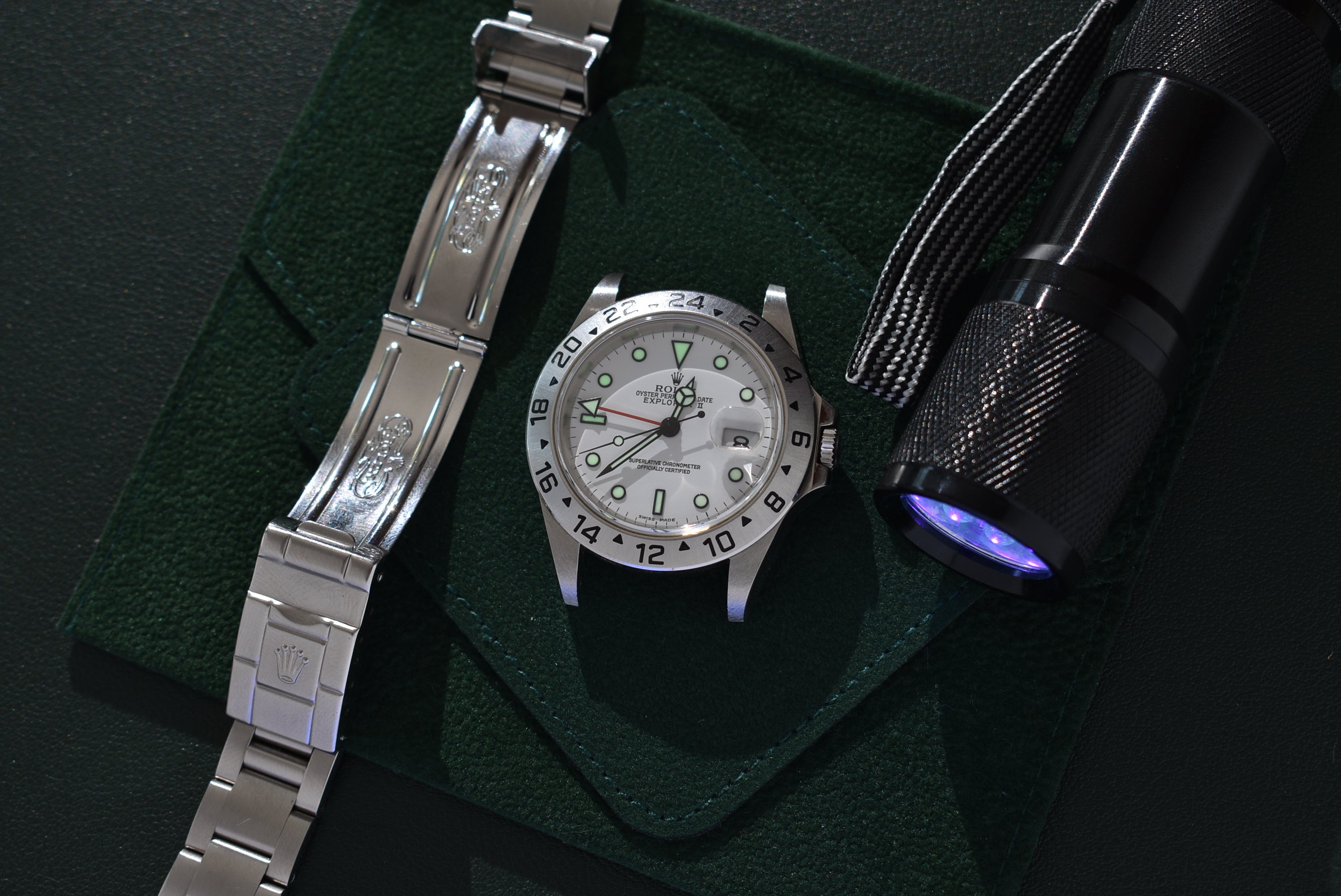
The Details
All our watches are scrutinized during inspection to make sure our descriptions are as accurate as possible.
- Related products
- Recently viewed
Cart
No more products available for purchase
Your Cart is Empty
Pair with
- Ref. 2405
- Watch Only
- Specifications
- The Story
- The Brand
Model: Basculante
Case Diameter: 23mm
Lug to Lug: 35mm
Case: Steel
Dial: Silver
Movement: Quartz
Condition
The case is unpolished and features the original blue cabochon at 12 o'clock. The reversing mechanism works smoothly with no interruption. The watch has minor scratches from normal wear but nothing major.
The Tank Basculante, a Cartier watch, was introduced in 1932 and used a unique cabriolet system to flip the dial upside down. It was developed by Spécialités Horlogères, which also developed the Reverso's horizontal sliding case. The Tank Basculante exemplifies "form follows form" and is considered an example of Cartier's design. Until 1999, Basculantes were hard to find, with less than 2,000 made from 1920 to 1960. In the 1990s, Cartier started producing the Tank Basculante more regularly, with unique dials and limited editions. The Tank Basculante 150th Anniversary Limited Edition, produced to commemorate Cartier's founding, features a ruby cabochon and guilloche pattern in the center of the dial. Although not the most important or consequential Tank ever made, it is fun and different with an intermittent history worth knowing about.
Cartier revived iconic Tank Basculantes for its CPCP collection, featuring limited editions in yellow gold and display casebacks. These modern Basculantes share similar dimensions, F. Piguet caliber 610, and Cartier's "C" motif. The Tank Basculante was the first all-steel tank, offering a range of prices from $2,000 to nearly $500,000.
Cartier produced the steel mechanical Tank Basculante reference 2390 from the late '90s to 2006. It had the same dimensions as gold special editions and was powered by the same caliber MC 060. Cartier also introduced the quartz Basculante ref. 2405. Special editions include the Australian Federation, Paris Boutique Edition, Millennium Edition, and Australian Federation LE. The Basculante has a unique cabriolet case and is a popular watch due to its appeal to modern tastes. However, it has been discontinued and is now harder to find.
Cartier, a luxury watch brand, has been synonymous with elegance, innovation, and timeless appeal since its inception in 1847. The brand's early creations, including the Cartier Santos and Cartier Tank, were an embodiment of aesthetic innovation and mechanical mastery, merging the finesse of jewelry with the functionality of timekeeping. As the brand grew, so did the family's involvement, as the children and grandchildren of Louis-François Cartier expanded the business and opened boutiques in various cosmopolitan cities.
The turn of the 20th century marked a revolutionary phase for Cartier, with the introduction of the Cartier Santos, which was designed for the famous aviator Alberto Santos-Dumont and became one of the first wristwatches designed explicitly for men. The Cartier Tank watch, inspired by the geometric design of military tanks, was a symbol of modernity and minimalistic elegance. The uniquely shaped Cartier Tonneau broke away from conventional circular designs, demonstrating Cartier's commitment to artistic creativity and mechanical excellence.
Cartier's success in the early 20th century was not limited to its pioneering designs; it also saw an era of global expansion that cemented its status as an international symbol of luxury and prestige. By 1902, Cartier opened its doors in London, positioning the brand within one of the world's major cultural and financial hubs. In 1909, Cartier opened its New York boutique, tapping into the vibrant American market.
Through strategic collaborations with local artisans, careful selection of materials, and a deep understanding of regional tastes, Cartier transformed from a Parisian marvel into an international sensation. The Cartier watch became more than a French luxury; it became a global emblem of style and refinement, transcending geographical boundaries to become a timeless classic. This era of expansion validated Cartier's enduring appeal, demonstrating that true luxury, as epitomized by Cartier's watches, knows no borders and speaks a universal language of elegance and excellence.
